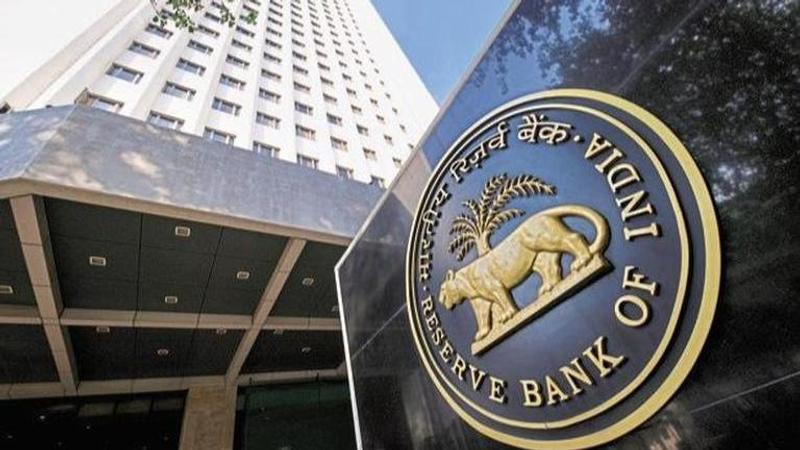Published 19:27 IST, June 7th 2019
RBI issues new Non-performing asset (NPA) recognition norms, offering a 30-day gap for stress recognition instead of the one-day default earlier
The Reserve Bank on Friday issued a new framework for resolution of bad loans, replacing the previous norms retracted by the Supreme Court in April, offering a 30-day gap for stress recognition instead of the one-day default earlier.

The Reserve Bank on Friday has issued a new framework for resolution of bad loans, replacing the previous norms retracted by the Supreme Court in April. The new norms offer a 30-day gap for stress recognition instead of the earlier one-day default.
The new norms replaces all the earlier resolution plans such as the framework for revitalising distressed assets, corporate debt restructuring scheme, flexible structuring of existing long-term project loans, strategic debt restructuring scheme (SDR), change in ownership outside SDR, scheme for sustainable structuring of stressed assets (S4A), and the joint lenders' forum with immediate effect.
The apex court had on April 2, 2018 struck down the stringent RBI circular, issued on February 12, 2018, for resolving bad loans under which a company could be labeled as an NPA if it missed repayment for a day. Banks were asked to find a resolution within 180 days or else it should be sent to bankruptcy courts. The new circular provides for a framework for early recognition, reporting and time-bound resolution of bad loans.
The central banks said lenders shall recognize incipient stress in loan accounts, immediately on default, by classifying such assets as special mention accounts (SMA).
Since default with any lender is a lagging indicator of financial stress faced by the borrower, it is expected that the lenders initiate the process of implementing a resolution plan (RP) even before a default.
The central bank said once a borrower is reported to be in default by any lenders, financial institutions, small finance banks or Non-Banking Financial Company (NBFCs), the lenders shall undertake a prima facie review of the borrower account within 30 days from the day of default. During this review period of 30 days, lenders may decide on the resolution strategy, including the nature of the resolution plan (RP) and the approach for implementation of the RP.
"In cases where RP is to be implemented, all lenders shall enter into an inter-creditor agreement (ICA), during the review period, to provide for ground rules for finalization and implementation of the RP in respect of borrowers with credit facilities from more than one lender," the new RBI circular said.
The lenders are free to initiate legal proceedings for insolvency or recovery, the central bank said. The joint lenders' forum (JLF) as a mandatory institutional mechanism for resolution of stressed accounts also stands discontinued, the RBI said adding that the new directions will come into force with immediate effect.
Updated 20:35 IST, June 7th 2019




